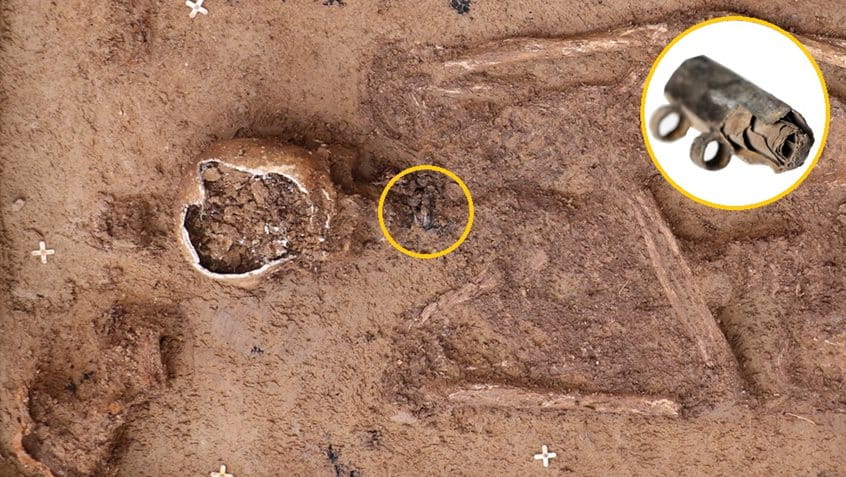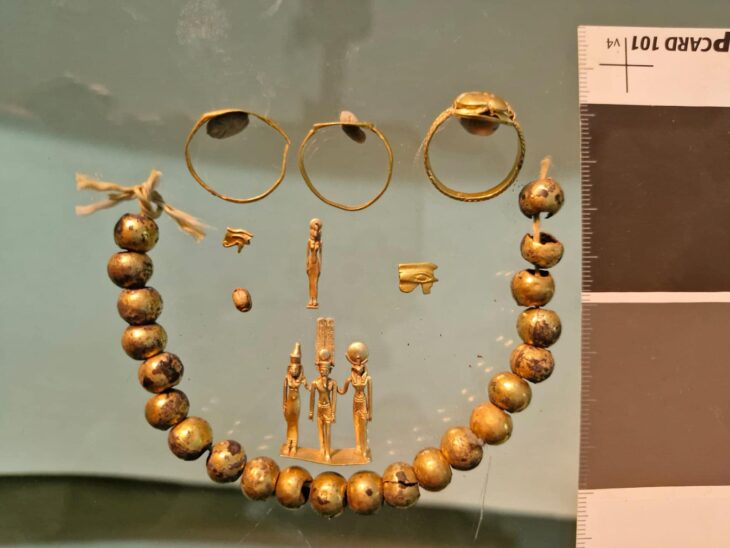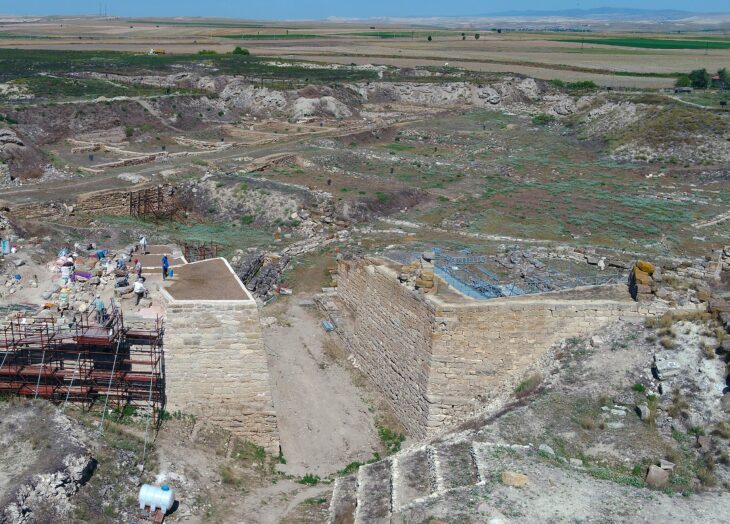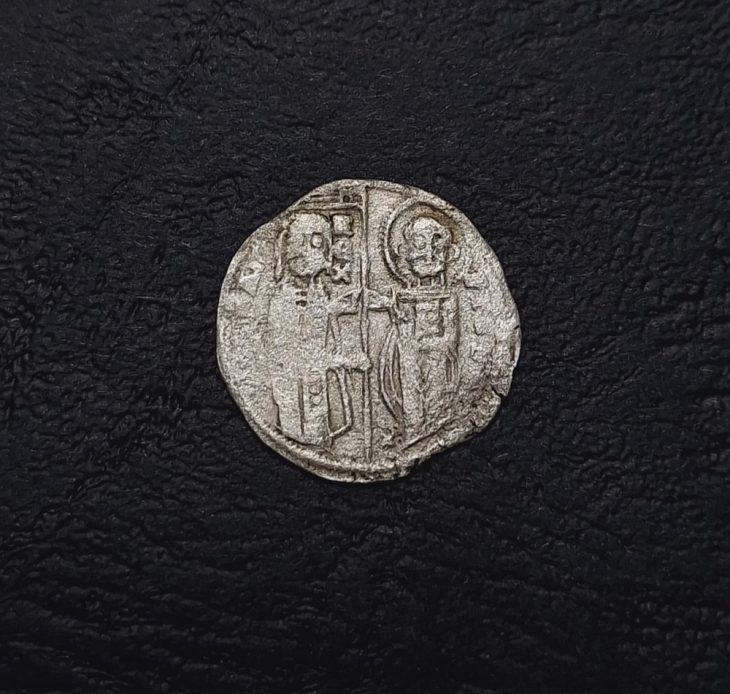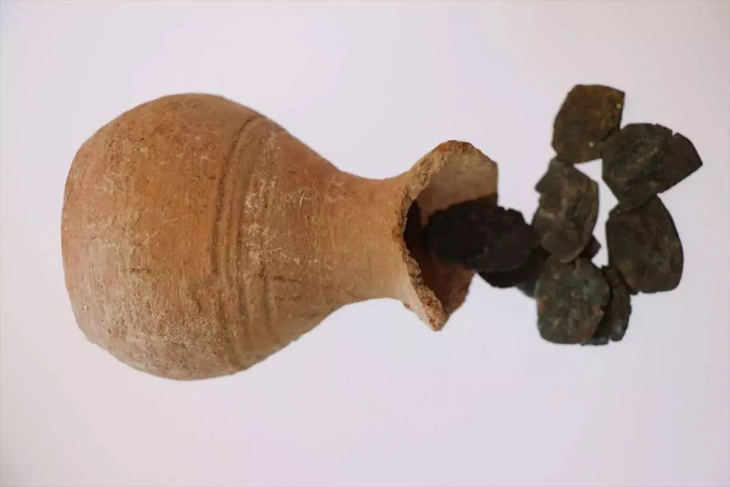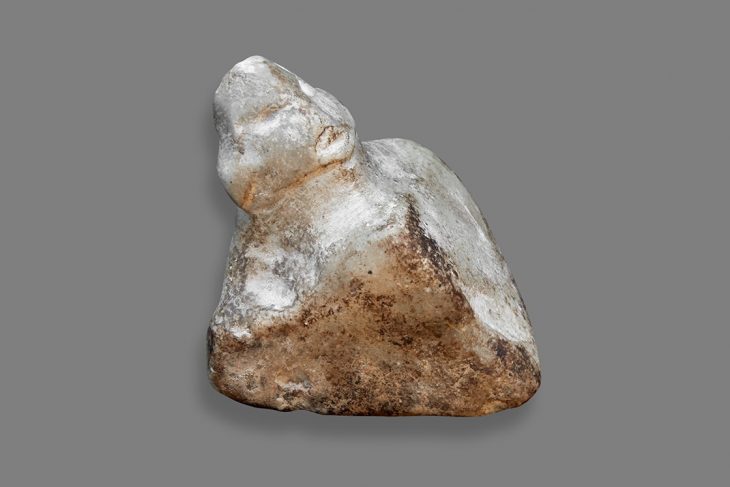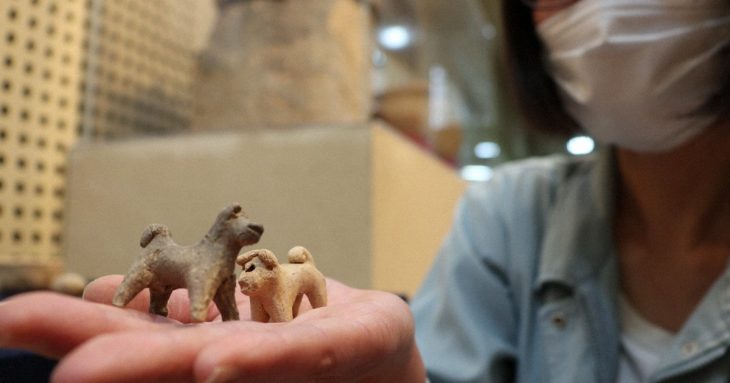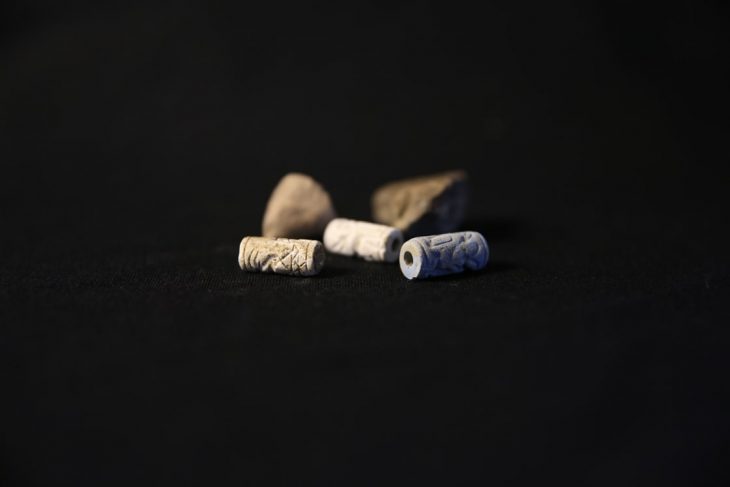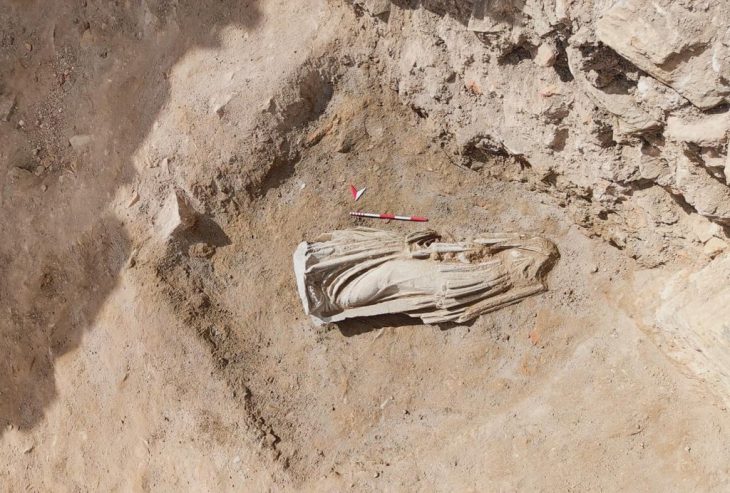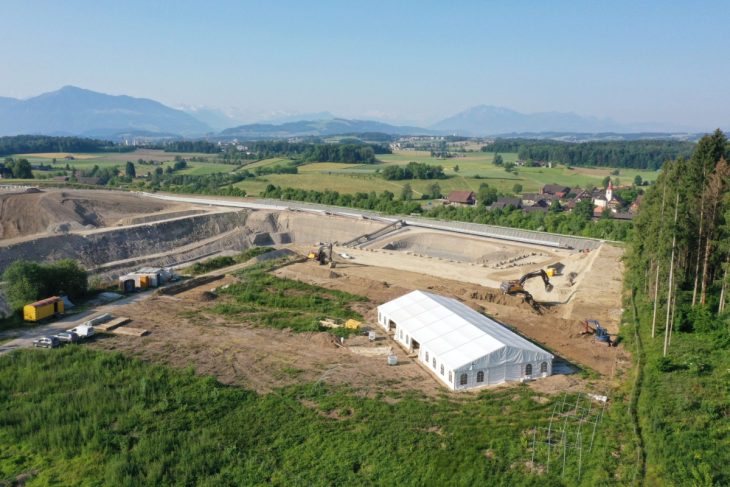An ancient silver amulet unearthed in Frankfurt pushes back Christianity’s history in the region by 50 to 100 years. The silver amulet is now recognized as the oldest physical evidence of Christianity in Northern Europe.
The amulet capsule was found in 2018 in the northwest just outside Frankfurt in the Frankfurt Roman city of NIDA, the Roman predecessor city of today’s Main metropolis. It was formally announced in a press release from the City of Frankfurt am Main on Dec. 11. The silver amulet was found in a 3rd-century Roman grave in the „Heilmannstraße“ cemetery in Frankfurt-Praunheim.
Prof. Dr. Marcus Gwechenberger, Head of the Department of Planning and Housing, who is responsible for the Monuments Office, says: „The excavation uncovered not just one grave, but an entire Roman cemetery. These are finds of inestimable value.“ One grave, in particular, came to the fore: the skeleton of a man was found in number 134, along with grave goods, an incense burner and a jug made of baked clay. But the special extra was under the man’s chin: a small silver amulet, a so-called phylactery, which he probably once wore on a ribbon around his neck.
The small silver amulet, which had two loops on top and measured about three and a half centimeters in length, was discovered in a grave dating from between 230 and 270 CE when it was still dangerous to publicly identify as a Christian because of persecution. For one man from Frankfurt, however, his faith was apparently so important that he took it with him to his grave.
Inside the amulet was a fragile, inscribed silver foil, known as the “Frankfurt Silver Inscription,” which was so delicate that unrolling it would have caused it to crumble.
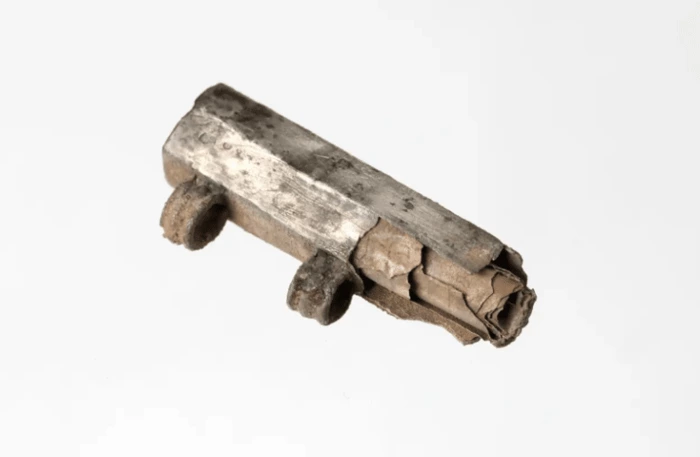
To avoid damage, initial attempts to manually unroll the scroll were abandoned. Later efforts with microscopes and X-rays were not very successful. Computed tomography, a 3D X-ray technique, was eventually used, allowing specialists to virtually “unroll” the scroll without having to handle it. This process revealed 18 lines of Latin text, which linguists spent months deciphering.
The challenge in the analysis was that the silver sheet was rolled, but after around 1800 years, it was of course also creased and pressed. Using CT, we were able to scan it at a very high resolution and create a 3D model,“ reports Dr. Ivan Calandra, Head of the Imaging Laboratory at LEIZA.
LEIZA also used a special analysis method for this object and then placed individual segments of the scan together virtually, piece by piece, so that all the words became visible. It was only through this digital unrolling that the entire text could be deciphered.
The inscription consists of sentences praising Jesus Christ, including the words: “Holy! Holy! Holy! In the name of Jesus Christ, Son of God. … Protect the man who surrenders himself to the will of the Lord Jesus Christ, Son of God, since before Jesus Christ every knee bows.”
Prof. Dr Markus Scholz says it is unusual that the inscription is entirely in Latin.
“That’s unusual for the time. Normally, such inscriptions on amulets were written in Greek or Hebrew,“ explains Scholz. The text is also very sophisticated. The author must have been an elaborate scribe.”
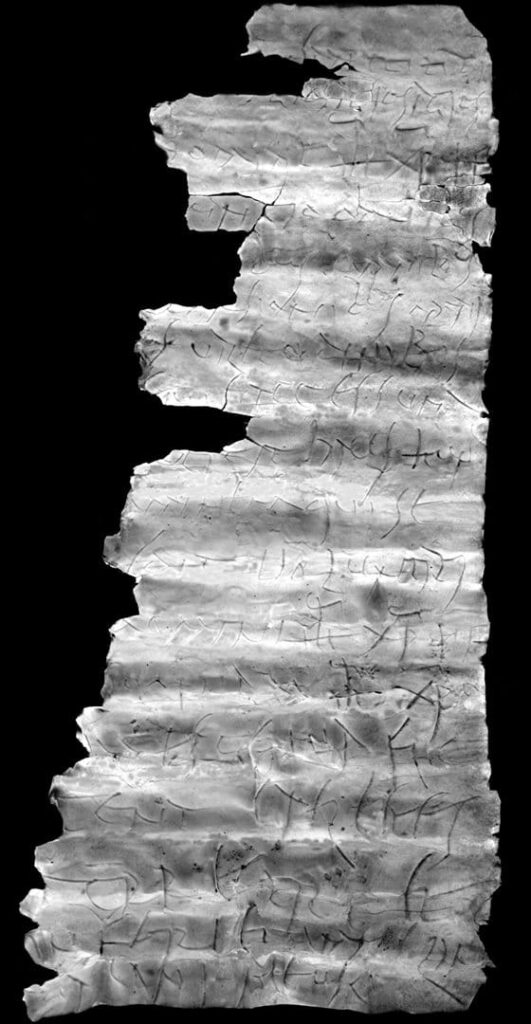
It is unusual that there is no reference in the inscription to any other faith besides Christianity. Until the fifth century, it was common for amulets made of precious metal to represent a variety of faiths. There are frequently still traces of pagan or Jewish influences. However, this amulet makes no mention of the archangels Raphael, Gabriel, Michael, or Suriel, the all-powerful God of Judaism, or the Israelite ancestors Isaac or Jacob. Additionally, there are no pagan elements like demons. The amulet is purely Christian.
The artifact would have functioned as a symbol of individual devotion as well as a protective talisman. The Frankfurt area was ruled by the Roman Empire at the time, making the open practice of Christianity dangerous. Whether the man followed his faith in secret or in public is still unknown.
This finding predates the earlier evidence of Christianity north of the Alps, which came from artifacts and historical references dating to approximately 300 AD.
The discovery, which provides an unparalleled window into the lives of early Christians in the area, has been hailed by experts as remarkable and sensational. It draws attention to their fervor and the dangers they encountered while upholding their convictions.
FRANKFURT.DE – DAS OFFIZIELLE STADTPORTAL
Cover Image Credit: Monument Office of the City of Frankfurt am Main/Uwe Dettmar

